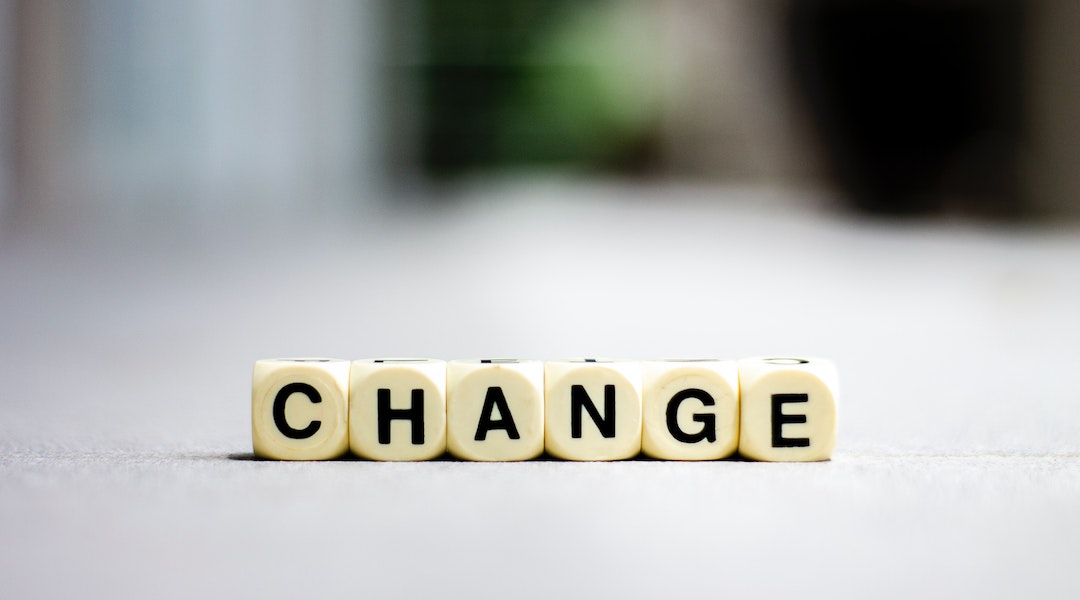This is something I hear a lot in my practice, and maybe it resonates with you in your own journey:
“I know what I’m supposed to do. But I don’t do it.” That statement can apply to any action you may want to undertake and/or a behavior or thought pattern you may want to change. And I know, because I’ve said it myself many times regarding many of my life’s choices. Eat better/sleep sounder/stress less/move more/drink less alcohol/communicate better/support your partner/ have more fun/make more friends/increase positive thoughts: I bet many if not all of these challenge you from time to time.

Why is true and lasting change so challenging?
One reason is that any real change in behavior usually requires five steps! Had you thought of that? Sometimes those steps can come quickly (usually brought on by a shocking outside event), and at other times they can take years to accomplish. Here’s the real kicker though: it’s that these steps need to happen in order and that is where many of us get tripped up. We’re apt to hang out in the first two steps and never move on to the others and then blame ourselves for not being “strong or good enough” to effect change.

These are the steps needed to have any important behavior or other change become a reality: (sourced from a 2016 “Cecilia Health” blog)
- Pre-contemplation is the stage at which there is no intention to change behavior in the foreseeable future. Many individuals in this stage are unaware or under-aware of their problems. Some people call this phase “denial.” (My parents smoked and lived till 90).
- Contemplation is the stage in which people are aware that a problem exists and are seriously thinking about overcoming it but have not yet made a commitment to take action.” Many people in this stage can be described as ambivalent. (They want to improve their blood sugar, but are not yet ready to cut back on eating sweets.)
- The Preparation Stage can be considered the information-gathering and planning stage. The preparation stage is the most important. Fifty percent of the people who attempt behavior change and skip this stage will relapse within 21 days, according to Prochaska in his book, Changing for Good.
- Action is the stage in which individuals modify their behavior, experiences, or environment in order to overcome their problems. Action involves the most overt behavioral changes and requires considerable commitment of time and energy. During the action stage, one implements the plans developed and information gathered in the preparation stage.
- Maintenance is the stage in which people work to prevent relapse and consolidate the gains attained during action. For addictive behaviors this stage extends from six months to an indeterminate period past the initial action.
Denise’s
 2 Cents:
2 Cents:
Certainly the above Five Steps provide guidance—a road map, if you will—for actually creating change. Not only are the steps themselves crucial, they work especially well with enough support. Often the normal pattern when people are trying to change is to focus on the negative aspects to the behavior, as opposed to adding actions or seeking support. An example of the former behavior is: trying to eat better by eating green foods because you think you “should” even though you hate the taste of them. A better direction instead could be to take a cooking class, experimenting for fun with new tastes, or (if affordable) ordering from an on line food service.
Did I mention support? To cut to the chase, support may be the key to making major changes less onerous. Usually solutions come from some source other than your internal stress to change an undesirable habit. For example, a smoker trying to quit may supplement his/her motivation and efforts by reaching out to make more friends or to join a similar community whose members are also trying to change. Basically change can come down to more community or strength in numbers.
Change can happen! Having a strong “why” behind the wish is a great start, too.
